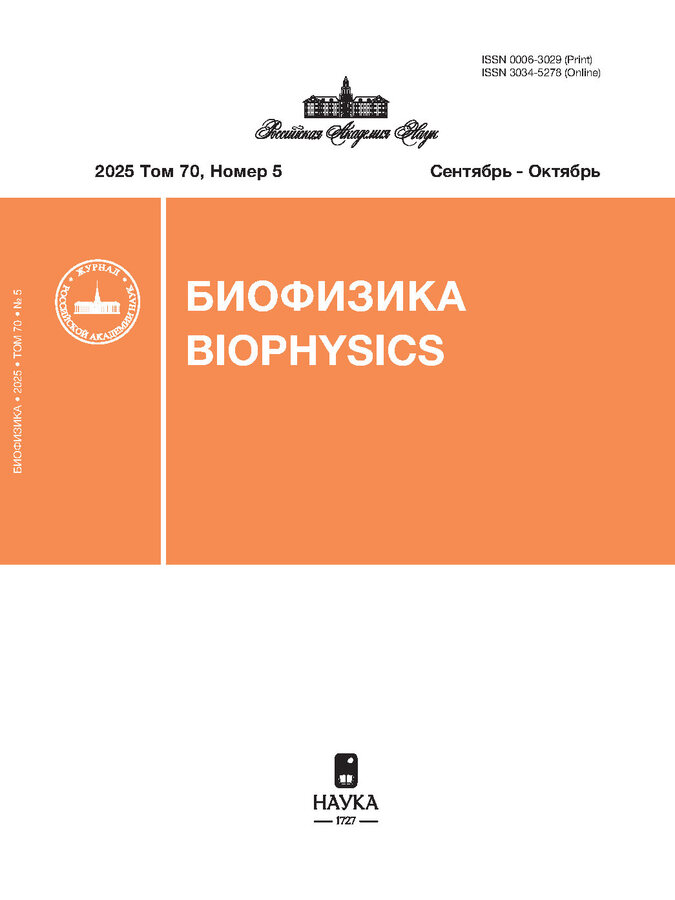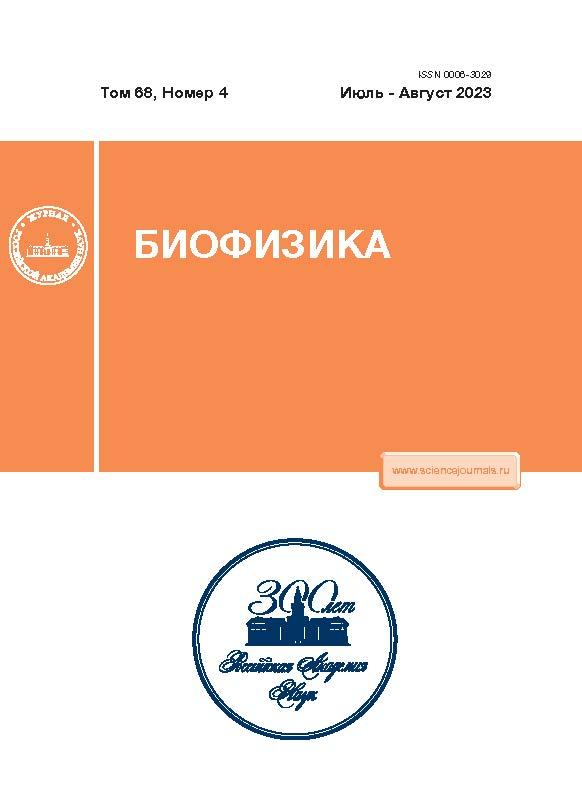Revisiting the role of ectonucleotidases in synaptic transmission. Thermal sensitivities of ATP-producing metabolic pathways
- Authors: Khairullin A.E1,2, Efimova D.V1, Ivanova D.V1, Grishin S.N1, Ziganshin A.U1
-
Affiliations:
- Kazan State Medical University
- Kazan Federal University
- Issue: Vol 68, No 4 (2023)
- Pages: 712-717
- Section: Articles
- URL: https://rjeid.com/0006-3029/article/view/673402
- DOI: https://doi.org/10.31857/S0006302923040105
- EDN: https://elibrary.ru/KLIGJV
- ID: 673402
Cite item
Abstract
The release of ATP as an intermediate at the neuromuscular junction, and acetylcholine, the chief neurotransmitter, may take place by mechanisms responsible for quantal and non-quantal secretion from the motor neurons of the central and peripheral nervous system. The dephosphorylation pathway of ATP that is completed by the hydrolysis of AMP to adenosine in the synaptic cleft is a cascade of reactions catalyzed by ectonucleotidases. These enzymes are of enormous interest, the research in this field is necessary to clarify their role in a complex signaling cascade, since it is known that they have dual functions: ectonucleotidases limit the action of ATP as a neurotransmitter and participate in the formation of other neuromodulators (ADP, AMP and adenosine). In addition, ATP and its metabolites can cause completely different physiological effects. The activity of ectonucleatidases in different types of skeletal muscles was determined, it varies within 5-7 IU. A decrease in temperature to 22°C leads to a multiple decrease in the enzymatic regeneration of ATP in skeletal muscle tissues. It is assumed that enzymatic limitation of ATP and the production of its metabolites ensures stabilization of effective cholinergic neuromuscular transmission in norm and pathology.
About the authors
A. E Khairullin
Kazan State Medical University;Kazan Federal University
Email: khajrulli@yandex.ru
Kazan, Russia
D. V Efimova
Kazan State Medical University
Email: khajrulli@yandex.ru
Kazan, Russia
D. V Ivanova
Kazan State Medical University
Email: khajrulli@yandex.ru
Kazan, Russia
S. N Grishin
Kazan State Medical University
Email: khajrulli@yandex.ru
Kazan, Russia
A. U Ziganshin
Kazan State Medical University
Author for correspondence.
Email: khajrulli@yandex.ru
Kazan, Russia
References
- A. U. Ziganshin, A. E. Khairullin, C. H. V. Hoyle, and S. N. Grishin, Int. J. Mol. Sci., 21, 1 (2020).
- R. A. Giniatullin and E. M. Sokolova, Br. J. Pharmacol., 124 (4), 839 (1998).
- S. R. Nelson, A. Li, S. Beck-Previs, et al., Biophys. J., 119, 1050 (2020).
- A. S. Golovkin, M. K. Serebryakova, E. V. Zhiduleva, et al., Translat. Medicine, 4, 46 (2017).
- K. Losenkova, M. Paul, H. Irjala, et al., Methods Mol. Biol., 2041, 107 (2020).
- N. Zimmermann, P. R. Nacke, J. Neumann, et al., J. Cardiovasc. Pharmacol., 35 (6), 881 (2000).
- M. Minor, K. P. Alcedo, R. A. Battaglia, and N. T. Snider, Am. J. Physiol. Cell Physiol., 317 (6) 1079 (2019).
- G. Burnstock, Drug Dev. Res., 28, 195 (1993).
- C. Held and G. Sadowski, Annu. Rev. Chem. Biomol. Eng., 7, 395 (2016).
- D. J. Taylor, N. P. O. Green, and G. W. Stout, Biological Science (Cambridge University Press, 1997).
- R. S. James, J.Comp. Physiol. B, 183 (6), 723 (2013).
- K. W. Ranatunga, Exp. Physiol., 83 (3), 371 (1998).
- A. E. Khairullin, A. U. Ziganshin, and S. N. Grishin, Biochemistry (Moscow) Suppl. Ser. A: Membrane and Cell Biology, 11 (1), 1 (2017).
- J. A. Rall and R. C. Woledge, Am. J. Physiol., 259 (2), 197 (1990).
- G. P. Kenny, F. D. Reardon, W. Zaleski, et al., J. Appl. Physiol., 94 (6), 2350 (2003).
- P. Yaicharoen, K. Wallman, A. Morton, and D. Bishop, J. Sci. Med. Sport, 15 (5), 451 (2012).
- S. Racinais and J. Oksa, Scand J. Med. Sci. Sports, 20 (3), 1 (2010).
- A. Ziganshin, R. Kamaliev, A. Gabdrakhmanov, et al., Int. J. Pharmacol., 14 (8), 1198 (2018).
- A. E. Khairullin, A. Y. Teplov, S. N. Grishin, et al., Biophysics, 64 (5), 812 (2019).
- A. U. Ziganshin, A. E. Khairullin, B. A. Ziganshin, et al., Muscle and Nerve, 55, 417 (2017).
- A. U. Ziganshin, A. E. Khairullin, A. Y. Teplov, et al., Muscle and Nerve, 59 (4), 509 (2019).
- A. E. Khairullin, A. U. Ziganshin, and S. N. Grishin, Biophysics, 65 (5), 858 (2020).
- W. M. Fu and M. M. Poo, Neuron, 6 (5), 837 (1991).
Supplementary files











